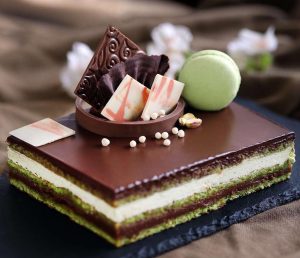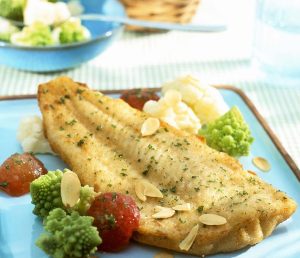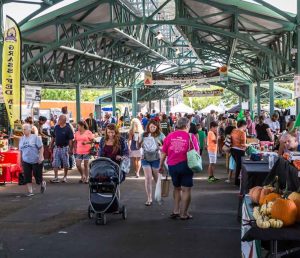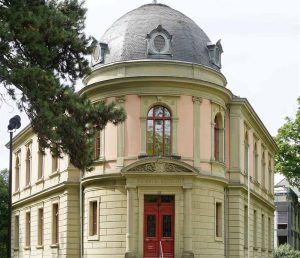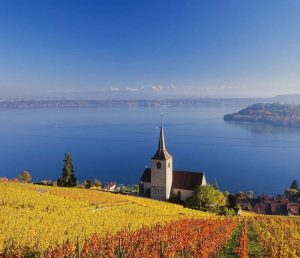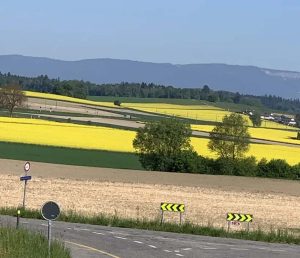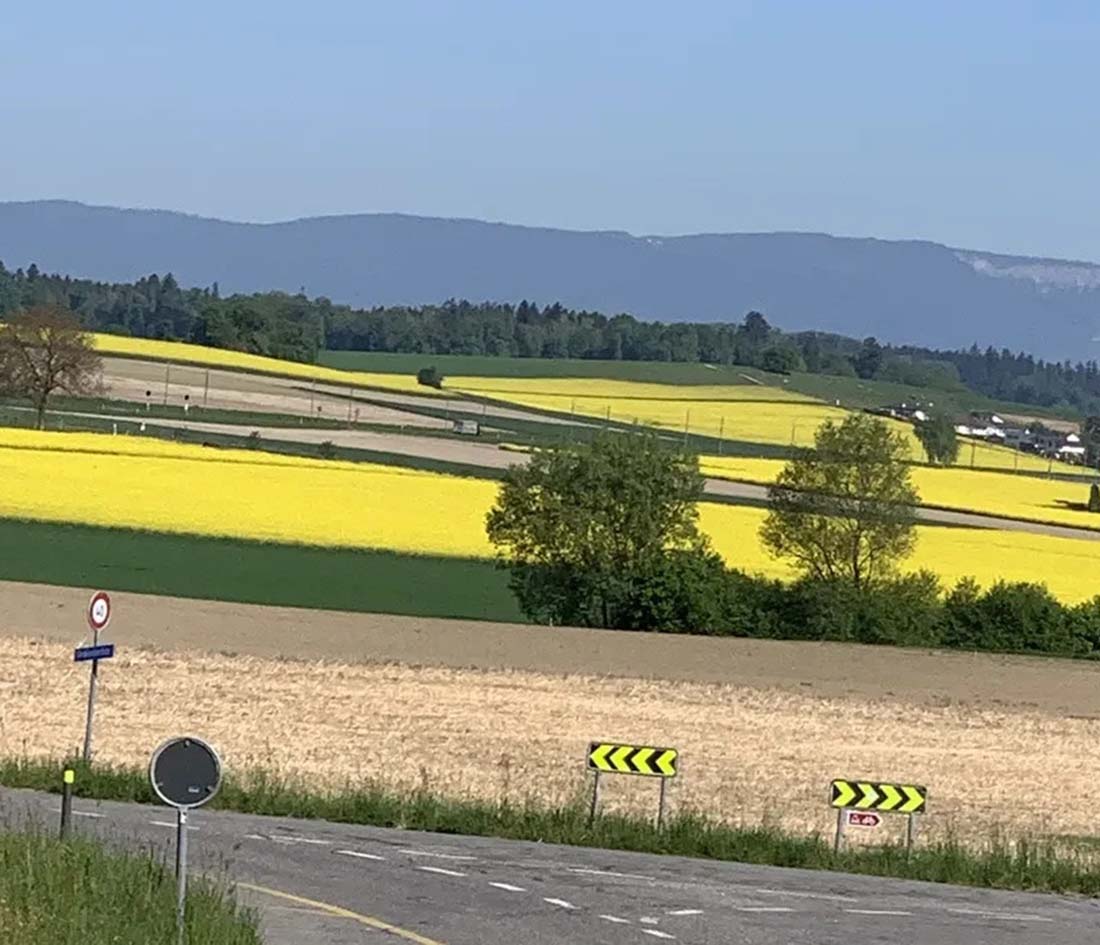
1. Departure Under the Emmental Sky
The morning in Sumiswald began with a mist gently lifting from the meadows. The rising sun, filtered through the low-hanging clouds, cast a golden hue across the rolling hills and timber-framed chalets. The bells of grazing cows echoed softly through the valley. I set the GPS, not out of necessity—every route through Emmental is a painting in motion—but to keep a sense of direction as the plan involved detours, spontaneous stops, and old winding lanes.
The goal was Biel, the largest bilingual city in Switzerland, nestled between the Jura mountains and Lake Biel. Rather than taking the fastest path, I followed the heart of the countryside, carving a scenic route through the folds of Emmental and the Jura.
The road that stretches from Sumiswald to Burgdorf is often overlooked. It’s a gentle climb through a corridor of green slopes, pine ridges, and red-roofed farms. Not five minutes into the drive, I passed an old wooden hay barn painted with traditional motifs—sunbursts, alpine flowers, and a Swiss cross weathered by decades. Moments like these make the journey more than just a transition between locations.
2. Burgdorf: History Among Hills
Burgdorf rises like a dream from the valley floor. The castle, visible from afar, crowns the town with its medieval silhouette. I parked near the old town and wandered on cobbled streets, the wheels of the car still ticking warm from the short ride.
The old market square was quiet. A baker stepped out, dusting his apron. The air smelled faintly of roasted nuts and rye. A brief stop here wasn’t just a delay in travel—it was a small immersion into local time. The rhythm slows. One drinks coffee longer, looks at buildings more intently. The castle museum opened promptly at ten. Inside, the history of the Zähringen dynasty mingled with exhibits on Swiss watchmaking, a fitting prelude to Biel, a horological hub.
Before returning to the road, I drove up the Kirchbühl hill, a slight detour with an unmatched panorama over the Emmental. The fields stretched endlessly, patched with greens and ochres. I sat for a while, window rolled down, listening to the rustling trees and chirping larks.

3. The Detour to Lueg and Affoltern im Emmental
Backtracking slightly toward Heimiswil, I turned toward Lueg—a small ridge with one of the finest views in the canton of Bern. The road narrowed, curling around clusters of spruce and farmland. Cyclists waved as they climbed the hill. It’s a favorite local training path, but I prefer four wheels and horsepower over two wheels and sweat.
At the Lueg monument, I parked. The panorama here is vast: from the Napf region to the Bernese Alps, the snow-capped silhouettes stood in silent perfection. A moment of stillness here always recalibrates the mind.
Descending from Lueg, the route to Affoltern im Emmental is both short and rewarding. Known for the Emmentaler cheese dairy, the village feels suspended in a postcard. I stopped by the Emmentaler Show Dairy, not for novelty but for authenticity. The scent of melting curds greeted me at the entrance. Through large glass panels, cheesemakers stirred copper vats with slow, deliberate motions—a process unchanged in essence for centuries.
Lunch consisted of rösti with a slab of melting cheese, accompanied by a local apple cider. Light and slightly tart, it brought a refreshing pause to the midday warmth.
4. Emmental’s Hidden Ribbons: Rüegsau to Wynigen
Leaving Affoltern, I followed signs to Rüegsau and then Wynigen. These villages are often bypassed, yet the drive here reveals Switzerland in its most genuine form: houses with painted eaves, family names etched into doorways, and gardens where lavender brushes against gravel paths.
The road between these towns undulates gently, bordered by small forests and open farmland. No guardrails, no commercial distractions—just the land, sky, and a well-paved thread connecting them. Occasionally, a tractor would appear, towing hay bales taller than a man. There’s no need to rush. Waiting behind farm vehicles in Emmental isn’t an inconvenience; it’s an invitation to observe the textures of rural life.
I passed a small group of children walking home from school, their backpacks bobbing with each step. A woman waved from a balcony where geraniums overflowed from flower boxes. These scenes don’t ask to be photographed. They ask to be remembered.
5. Transition into Jura: Kirchberg to Moutier via Oberbipp
The terrain began to change past Kirchberg. The soft hills sharpened into ridges. Forests thickened. The Jura was drawing near. I veered northwest toward Oberbipp, following Route 22. The Jura’s character introduced itself without fanfare—darker woods, narrower passes, and a subtle shift in the light. The valleys became more angular, the villages more compact.
I stopped at Wiedlisbach to refuel and sip a coffee from a roadside Gasthof. A group of motorcyclists gathered outside, studying their route with exaggerated gestures. One of them caught sight of my map and offered unsolicited advice, as bikers often do, but with infectious enthusiasm. He insisted I take the old road over Balmberg, “if you like curves and views.” I considered it, but time and taste favored a slower, more agricultural route through Gänsbrunnen.
6. Moutier: The Gateway of Stone

Moutier sits tucked between rocky walls, where the Jura folds in tight upon itself. Arriving from the south, the road descends between sheer cliffs and limestone faces. The town has a gritty elegance, born of industry and stone carving. I walked past façades that bore the weight of generations. Stone carvers worked in an open atelier, chiseling delicate forms from Jura limestone. The tapping sound echoed like a heartbeat through the alley.
There’s a Catholic-Protestant duality here that has shaped the culture—one sees it in the architecture, hears it in the dialect. The tension is not discomforting; rather, it adds depth to the character of the town.
I wandered into a café and ordered a local pastry—Tête de Moine cheese shaved thin, resting on rye with a drizzle of honey. The combination was unexpectedly divine. The knife that shaved it, the Girolle, was on display like a relic.
7. Through the Forests to Reuchenette and Frinvillier
Beyond Moutier, the road climbs again into dense forest. I passed through Roches, where cliffs lean close, almost in conversation across the road. The air cooled. Moss-covered rocks lined the shoulders, and brooks rushed beneath ancient stone bridges.
Reuchenette was a whisper of a village, its slate roofs and grey walls blending into the hillside. Few cars, fewer people. The Jura’s silence speaks fluently here. The road wound down to Frinvillier, hugging the side of the gorge like a ribbon stitched into fabric. Below, the Suze river meandered lazily toward the plain.
A small hiking trail near Frinvillier offered a view over the Taubenloch Gorge. I parked again, unable to resist the call of running water. The gorge cuts a narrow, dramatic path through limestone cliffs, with footbridges suspended above the torrent. I walked a short stretch, boots crunching gravel, water roaring beneath. The mist clung to my jacket. This was not detour but necessity.
8. Arrival in Biel: Where Water Meets Craft
Emerging from the gorge, Biel revealed itself like a secret finally spoken. The city’s edges are unassuming, its beauty tucked beneath layers of daily life. I drove along the lakefront boulevard, where the water reflected a copper sky. Swans glided past, indifferent to the passing of time or travelers.
The road led into the heart of the old town. Biel’s Altstadt is a blend of French charm and Swiss structure—narrow alleys, open plazas, stone fountains. I parked in the shadow of the Stadtkirche and walked through the arcades. A violinist played under an archway, his case open, notes bouncing off the walls in a tender echo.
Biel holds duality in its bones—German and French, tradition and innovation. Watchmakers’ shops sit next to language schools, graffiti appears beside centuries-old carvings. It’s a city of layers.
